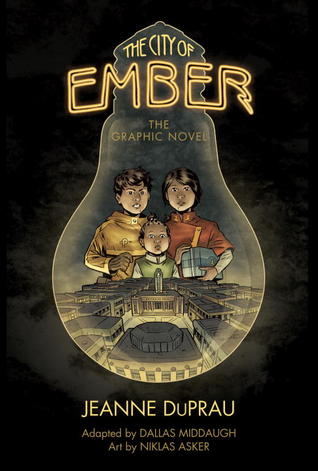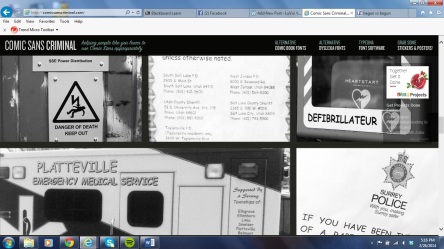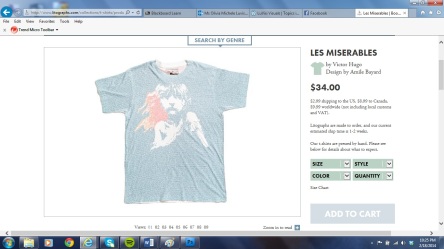For my final class assignment – a visual argument – I have decided to create a piece on “emotional driving.”
According to teendriversource.org, sponsored by The Children’s Hospital of Philadelphia Research Institute, “Emotions, whether positive or negative, can have a powerful effect on drivers of all ages. This is particularly true of teens, who experience academic pressures and dramatic emotional changes.” I remember learning in Driver’s Ed that it was never a good idea to get behind the wheel when upset. This heightened emotional state often takes precedent over the calm, cool and collected demeanor you should have when driving. Your mind isn’t focused on the road and your surroundings but rather on whatever or whomever has caused you to be angry or saddened. Despite these words of advice and caution, I knew plenty of my fellow classmates who, when frustrated, would go out for a drive to “calm down.” For whatever strange reason, going eighty miles per hour on a back-road with a forty speed limit was “calming.” While I was never one to be that extreme, I am also at fault for having driven when overly stressed.
It’s important for people – I am going to focus on teenagers here in particular – to have an outlet. While some might exercise, go on a walk, listen to music, or vent to a friend, others turn to driving their frustrations away. When motor vehicles are thrown into the mix, it becomes dangerous. Not only is the driver’s life at stake, but those around them are as well because they are a hazard behind the wheel.
Dmv.org states, “If you are angry or upset or otherwise annoyed, whether due to something unrelated to driving or because of a driving incident, pull over or off of the road. Take a few moments to close your eyes, take a few deep breaths and relax… just stay off of the road until you have time to settle down.” I believe this is smart advice, and as a teenager who is slowly entering her twenties, it’s advice I wish that I and my friends would have paid more attention to.
I want to spread the message that driving when emotional is a poor decision. Everyone always hears about driving under the influence of drugs, specifically alcohol, and the familiar mantra of no-texting-and-driving, but I don’t think “emotional driving” is emphasized enough. I plan to direct my project at teenagers between the ages of fourteen (the legal driving age in some states) and nineteen. High school is a time when pressure tends to be at an all-time high, and I think student-aged people need to hear this message the most.
Right now, I have gathered all of the pictures I plan to use, and I am in the midst of creating a short video. I am looking forward to showcasing my photography, videography, and audio skills through this project!






